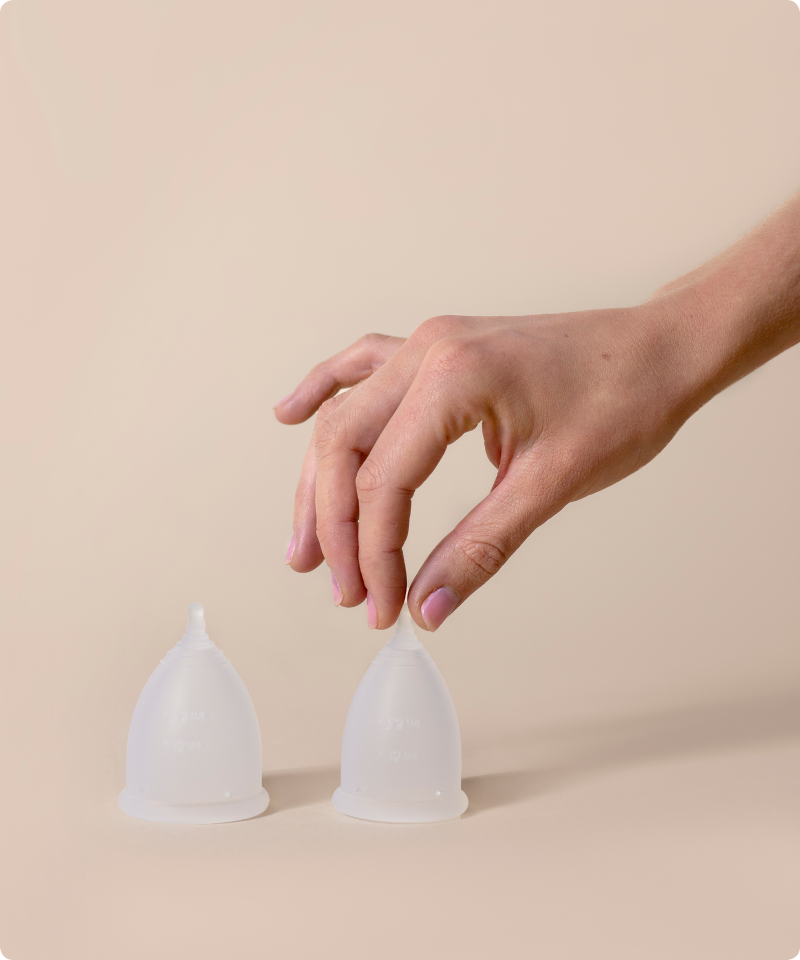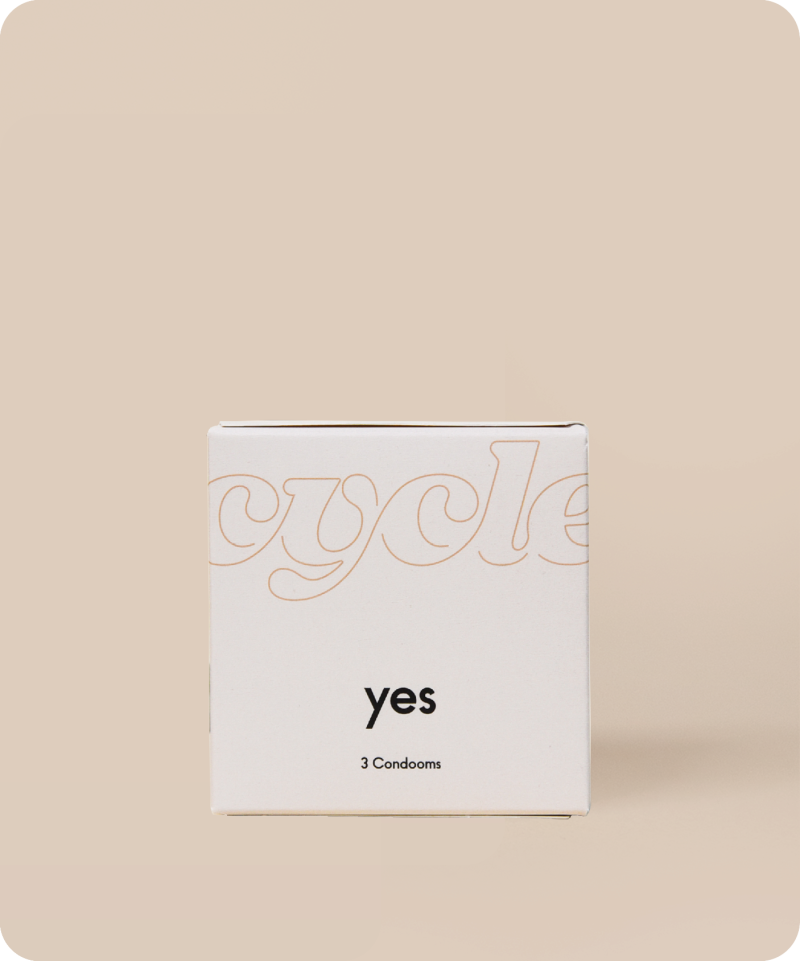Complex PTSD (CPTSD): what is it and what can you do about it?
What is CPTSD?
Welcome to the world of CPTSD: complex post-traumatic stress disorder. PTSD’s horrible little brother. Complex post-traumatic stress disorder (CPTSD) or complex trauma, is often confused with PTSD. It is, however, a completely different diagnosis that often has a different treatment as well.
Complex post-traumatic stress disorder can be caused by long-term traumatic experiences that might have lasted for months or years at a time. For example as a result of a long period of abuse or neglect in your youth, or during a relationship at a later point in your life. This can be sexual, physical, or mental abuse or a combination of these. Prolonged war situations, periods of extreme poverty, or being forced into prostitution can also cause CPTSD. This immediately shows how it is different from PTSD. PTSD can be caused by a singular traumatic experience, whereas CPTSD develops as a result of long-lasting trauma that might be extended over months or even years.
The symptoms of CPTSD
The symptoms of CPTSD and PTSD can appear to be quite similar, which is why the two are often confused with one another. Flashbacks, nightmares, easily being startled or afraid, quickly getting overstimulated, and behaviors of avoidance are characteristics of both PTSD and CPTSD. The following symptoms can also occur in CPTSD:
Depressions;
Disassociation: this is the feeling of being detached from your surroundings;
Feelings of shame and guilt;
A low self-esteem;
Attachment disorders: struggling with (maintaining) relationships;
Having trouble with controlling own emotions;
Physical problems such as frequent headaches, loss of appetite, or addiction.
What exactly is PTSD?
read more
Treatment for CPTSD
CPTSD hasn’t (yet) been included as a condition in the DSM (with the corresponding criteria for a diagnosis). This can make it difficult to find a good treatment for CPTSD. In practice, CPTSD is often treated like PTSD. This includes psychotherapy (such as schema therapy, cognitive behavioral therapy, and/or EMDR), potentially in combination with the use of medication.
In the Netherlands, there is an ongoing discussion within the field of psychiatry about whether or not this is the best treatment. In her book Trauma & Recovery, Dutch psychiatrist and professor Judith Herman argues that the treatment of CPTSD should be done in three phases. The first phase is focused on creating a safe environment. The second phase is about processing the experiences (facing them and undergoing the bereavement process), for example through schema therapy, cognitive behavioral therapy, or EMDR. In the final phase alone, attention is directed towards the patient's relationship with their environment, encompassing aspects such as work and relationships. But, there are other experts who would arrange the treatment differently, primarily regarding the first phase.
What is certain, is that the treatment of someone with CPTSD can take months or years.
























